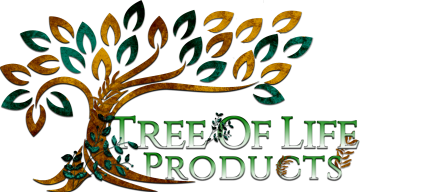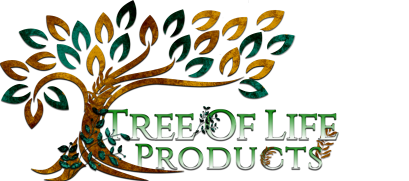“The Orishas tools empower them to help create change. They are physical symbols of the Orishas’ power, and, through them, they can help bring you protection, healing, prosperity, beauty, love, and more. By working within your tradition to properly honor your Orisha, set up an altar, and provide them with the right tools and environment, you can strengthen your spiritual connection.”
 Ochun
Ochun does not have many tools. Her crown represents her sovereignty, while the lances that hang from it represent her protective nature. Her other tool, oars, symbolizes her position as a river goddess, as well as the balance between tenderness and ferocity, and good and evil. Her soperas are yellow and gold ceramic, and her five yellow stones come from the Osun river.
Shango
Shango is the god of battle and lightning, and his tools are traditionally made from the wood of his favorite tree, red cedar. As an invincible warrior, his tools reflect items used in battle — an ax, oshe (double-headed ax), an arrow, a dagger, a machete, and a lance. His sopera is usually cedar wood, containing at least six thunderstones along with eighteen cowrie shells.
Inle
Inle is a hunter and healer who dwells where rivers meet the sea. His tools consist of a trident wrapped in snakes (similar to a caduceus or staff of Asclepius), three fish, a spear, and a bow. These represent prosperity, in the form of the bounty of the land and seas. His sopera is usually blue and green, and some of them cleverly incorporate fish motifs.
Ochun
Ochun does not have many tools. Her crown represents her sovereignty, while the lances that hang from it represent her protective nature. Her other tool, oars, symbolizes her position as a river goddess, as well as the balance between tenderness and ferocity, and good and evil. Her soperas are yellow and gold ceramic, and her five yellow stones come from the Osun river.
Shango
Shango is the god of battle and lightning, and his tools are traditionally made from the wood of his favorite tree, red cedar. As an invincible warrior, his tools reflect items used in battle — an ax, oshe (double-headed ax), an arrow, a dagger, a machete, and a lance. His sopera is usually cedar wood, containing at least six thunderstones along with eighteen cowrie shells.
Inle
Inle is a hunter and healer who dwells where rivers meet the sea. His tools consist of a trident wrapped in snakes (similar to a caduceus or staff of Asclepius), three fish, a spear, and a bow. These represent prosperity, in the form of the bounty of the land and seas. His sopera is usually blue and green, and some of them cleverly incorporate fish motifs.

